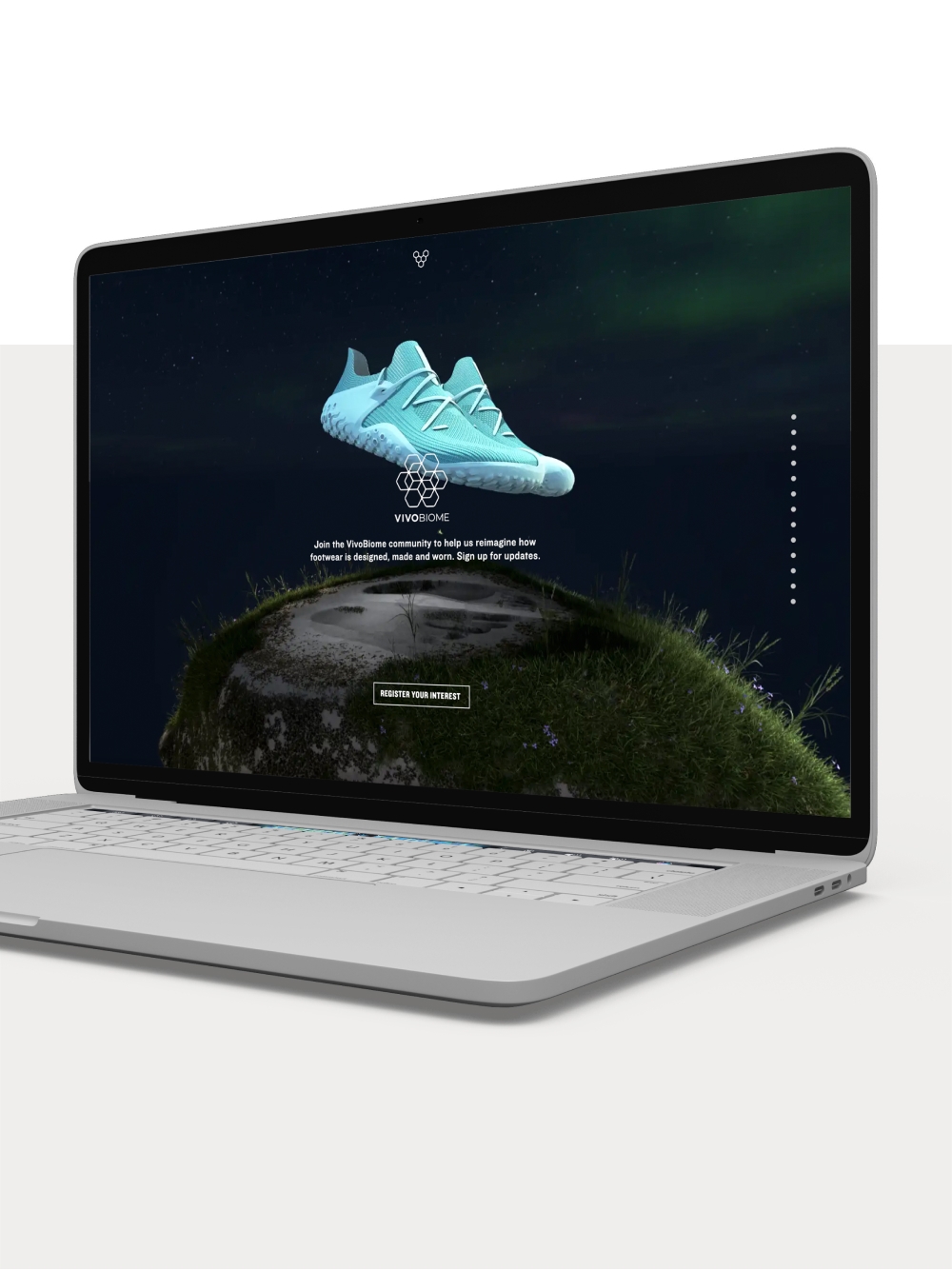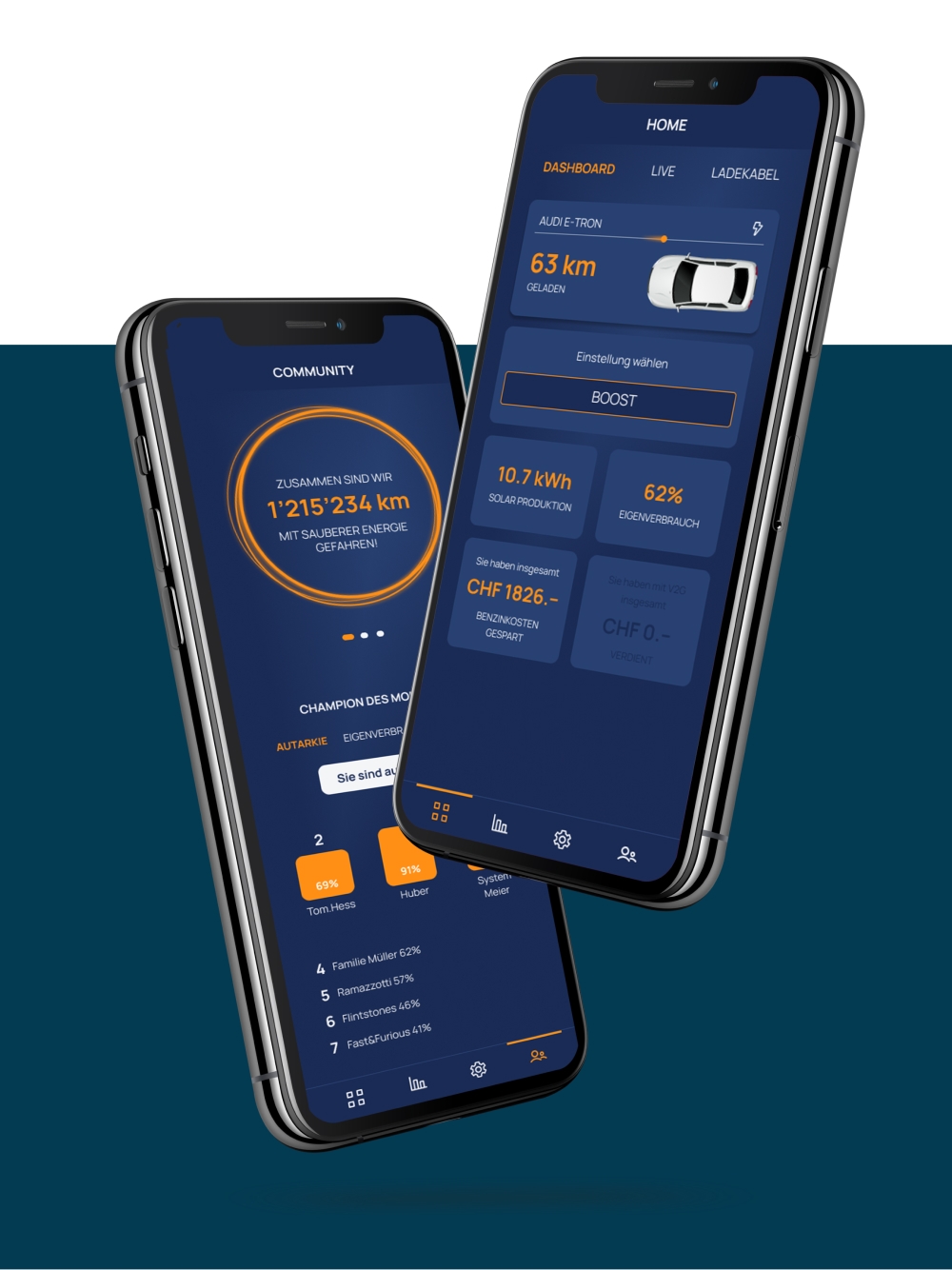Rapid Prototyping - test your idea as quickly as possible
Challenges in software development
Transforming innovative ideas into an efficient and user-friendly software solution is a major challenge and involves many pitfalls. These are not only of a technical nature, but also require a profound understanding of market requirements and user expectations. The design thinking approach aims to find a solution that is both convincing from the user's point of view and market and product-oriented. An agile development methodology that integrates continuous feedback and rapid prototyping for rapid visualization and early testing of the application by future users help to master this challenge and minimize risk.

Design thinking as a solution approach
An iterative and user-centered development methodology, such as design thinking, is a possible approach to meeting these challenges. With this method, a team from various disciplines, departments and hierarchical levels attempts to solve problems in the best possible way. The different perspectives, experiences and controversial discussions should lead to an outstanding solution approach. It is important to focus on the customers or users of the software solution from the outset. The needs and requirements of future users are researched and recorded using various techniques (surveys, interviews, etc.) in order to design the digital solution to be as user-friendly and accessible as possible. Through this close collaboration with end users, continuous feedback and a clear focus on the core problem, companies can ensure that their software is not only developed cost-effectively, but also offers real added value for users.
«The best way to experience an experience, is to experience it.»
William Grant ‚Bill‘ Moggridge
Start small - grow big
We recommend starting software projects with a small scope of core functions and expanding them step by step.To avoid spending weeks tinkering with an idea that may not be accepted by the customer, it is helpful to make the current idea or development status physically tangible for the customer in the form of a prototype.The main focus of this approach is that the idea can be quickly visualized and tested with the help of a prototype.The quality and type of prototype is initially of secondary importance.It is much more important that the content is communicated clearly and simply.The prototype and its features should not be explained in advance, but should be discovered directly by the user. Their initial thoughts and reactions to the application are valuable feedback and can be used for adjustments or further developments.

A step-by-step approach makes it possible to use financial and human resources efficiently. Smaller projects mean lower financial risks and allow companies to test and validate their ideas before making larger investments.
«Prototypen in einem frühen Stadium zu verwenden und am Nutzer zu testen, schont auf lange Sicht Zeit und Geld.»
Aron Heynen CEO Sitewerk
These points speak in favor of using a prototype
Better understanding of the requirements
By creating prototypes, developers and stakeholders can develop a better understanding of the software requirements.
Early feedback
Prototypes allow stakeholders to see and use the planned software at an early stage. This makes it easier to gather feedback at an early stage, which can be incorporated into the development process before the final software is developed.
Reduction in misunderstandings
Prototypes help to reduce misunderstandings between developers and stakeholders as they provide a clear visual representation of the planned software.
Lower costs
Early feedback and better clarification of requirements can avoid expensive changes and revisions in later phases of the project. This can reduce the overall costs of the project.
Improved communication
Prototypes facilitate communication between members of the development team and between developers and stakeholders. Visual representations are often easier to understand than technical specifications.
Faster time to market
Thanks to the rapid development process and early feedback, companies can bring their products to market faster, which is particularly beneficial in fast-moving industries.
Error detection
Prototypes help to identify potential errors and problems at an early stage. This enables developers to rectify these problems before the final software is developed.



